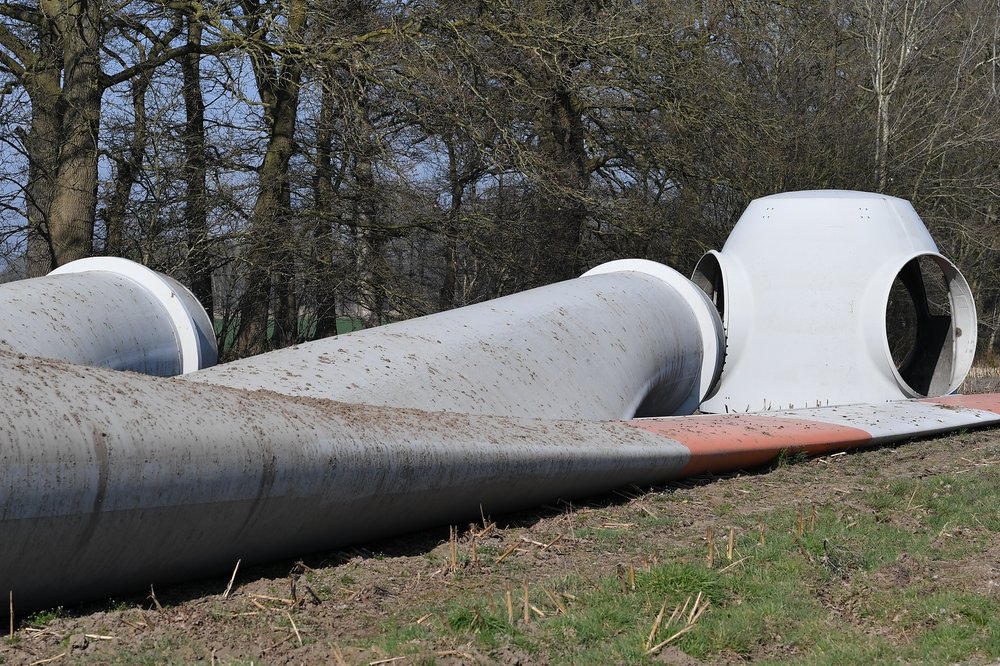The number of decommissioned wind turbines in Germany is rising rapidly. As they are dismantled, so too is the mountain of wind turbine scrap. The enormous rotor blades, in particular, pose a persistent recycling problem. They are made of glass fibers, resins, and plastics that are tightly bonded together and difficult to separate. Without solutions, the energy transition risks losing credibility because disposal and the circular economy are stalling.
Rotor blades and wind turbine scrap in focus
Rotor blades are strong, lightweight, and can withstand wind and weather for decades. But these very strengths turn into a massive recycling problem after dismantling. Economically separating the materials remains difficult. While entire turbines are partially dismantled, a large portion ends up as wind turbine scrap.

This puts pressure on waste disposal and the circular economy. Two-thirds of the installed components are barely usable. The energy transition is losing credibility due to the lack of sustainable solutions.
Lack of concepts for a circular economy
Experts see growing risks as long as no viable concept exists. Research funding is flowing, but tangible progress is lacking. Recycling problems and high costs are slowing industrial investment. Without an incentive system, the construction of modern facilities for the circular economy is stalling.
Rotor blades made of modular elements could help in the future. Engineers are testing materials that decompose more easily. But so far, the energy transition has no market-ready alternative. Wind turbine scrap is piling up in fields and landfills.
Future Ideas to Combat the Recycling Problem
In addition to recycling, the creative use of the material is coming into focus. Decommissioned rotor blades could be used in road construction, bridges, or architectural projects. Initial pilot projects demonstrate that the circular economy offers opportunities here as well.
But without political intervention, the problem remains unsolved. Only clear guidelines and funding for innovation can save the energy transition. Wind turbine scrap demonstrates how urgently the industry must act before the circular economy finally comes to a standstill.
